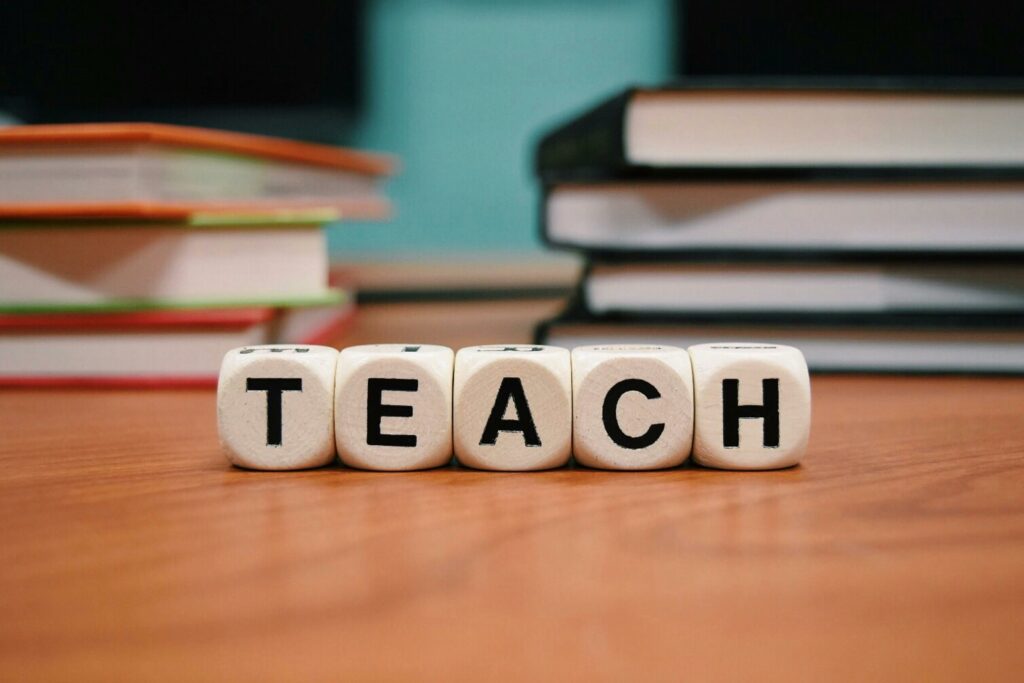Precision teaching is a highly effective educational approach designed to improve student learning outcomes by focusing on data-driven strategies and individualized instruction. This method is rooted in behavioral psychology and aims to enhance the fluency and accuracy of students’ skills through systematic and measurable practices. In this article, we’ll explore the fundamental concepts of precision teaching and highlight its significant benefits.

What is Precision Teaching?
Precision teaching is a teaching method developed in the 1960s by Ogden Lindsley, a student of B.F. Skinner. It emphasizes the use of precise measurement and frequent monitoring of student performance to guide instructional decisions. Unlike traditional teaching methods that often rely on periodic testing and subjective assessments, precision teaching uses continuous and objective data to track student progress.
Key Concepts of Precision Teaching
- Fluency Building: Fluency is the ability to perform a skill accurately and quickly. Precision teaching focuses on building fluency by encouraging students to practice skills repeatedly until they can perform them effortlessly. This approach helps in the retention and application of knowledge.
- Standard Celeration Chart (SCC): The SCC is a visual tool used to track and analyze student performance over time. It plots data points representing the rate of correct and incorrect responses, allowing educators to identify trends and make informed decisions about instructional strategies.
- Frequency-Based Measurement: Instead of relying on percentages or grades, precision teaching measures the frequency of correct and incorrect responses per unit of time. This method provides a more detailed and dynamic picture of student progress.
- Data-Driven Decision Making: Precision teaching relies heavily on data to guide instructional decisions. Teachers regularly review data from the SCC to determine whether a student needs more practice, a different instructional approach, or additional support.
Design Your Precision Teaching Worksheet
Benefits of Precision Teaching
Precision teaching offers several key benefits that make it an effective and valuable approach to education.
Enhanced Student Performance
By focusing on fluency and frequent practice, precision teaching helps students achieve a higher level of mastery in various skills. This method ensures that students not only understand the material but can also apply it quickly and accurately. The emphasis on fluency helps students retain information longer and reduces the likelihood of forgetting.
Individualized Instruction
One of the standout features of precision teaching is its ability to cater to individual student needs. The continuous monitoring and data-driven approach allow teachers to tailor instruction to each student’s unique learning pace and style. This personalization helps address learning gaps and ensures that all students progress effectively.
Immediate Feedback
Precision teaching provides students with immediate feedback on their performance. This timely response helps students understand their mistakes and correct them quickly, fostering a growth mindset and encouraging continuous improvement. Immediate feedback also keeps students engaged and motivated.
Objective Progress Tracking
The use of the Standard Celeration Chart and frequency-based measurements provides an objective and accurate way to track student progress. This data-driven approach eliminates guesswork and ensures that instructional decisions are based on concrete evidence. Teachers can quickly identify when a student is struggling and adjust their teaching methods accordingly.
Improved Teaching Strategies
Precision teaching not only benefits students but also enhances teaching practices. By regularly reviewing performance data, teachers can evaluate the effectiveness of their instructional methods and make necessary adjustments. This ongoing process of reflection and improvement leads to more effective teaching and better learning outcomes.
Increased Student Confidence
As students experience success and improvement through precision teaching, their confidence grows. Mastering skills through repeated practice and receiving positive reinforcement boosts their self-esteem and encourages them to tackle more challenging tasks. This increased confidence contributes to a positive learning environment.
Check you our Free Math and English Worksheet Generators
Practical Applications
Precision teaching can be applied across various educational settings and subjects. Whether in elementary schools, special education programs, or adult learning environments, the principles of precision teaching can be adapted to meet diverse needs. For example, it is particularly effective in improving foundational skills such as reading, mathematics, and handwriting.
Example in Reading
In a reading program, precision teaching might involve having students practice reading fluency drills. By measuring the number of words read correctly per minute, teachers can track progress and adjust instruction to improve reading speed and accuracy.
Example in Mathematics
In mathematics, precision teaching could focus on developing quick and accurate recall of basic arithmetic facts. Students might engage in timed practice sessions, with their performance data plotted on the SCC to monitor improvement and guide further practice.
Precision teaching is a powerful educational approach that combines data-driven strategies, individualized instruction, and a focus on fluency to enhance student learning outcomes. Its benefits include improved performance, personalized learning experiences, immediate feedback, and objective progress tracking. By implementing precision teaching, educators can create a more effective and engaging learning environment that helps students achieve their full potential.